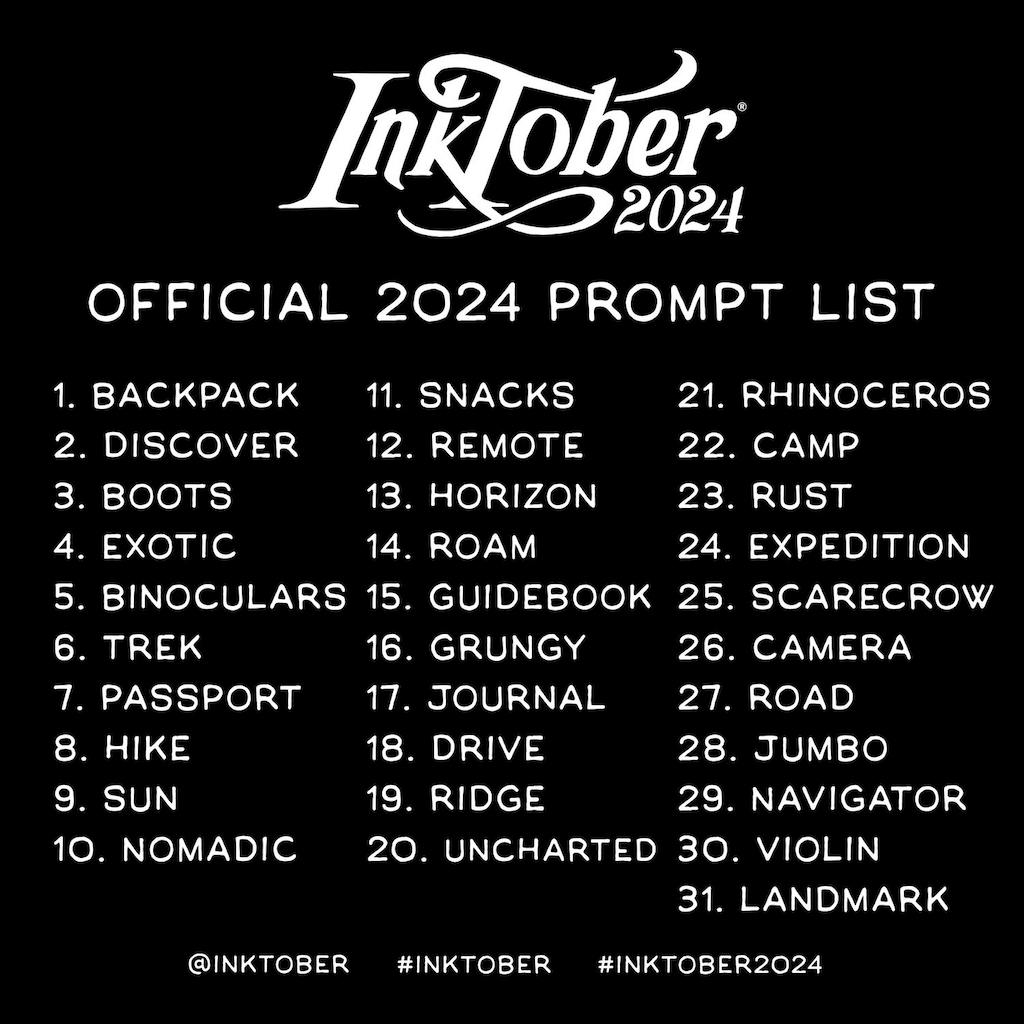Quick Tip: Clearing disk space in Cloud Shell
Right in the middle of a workshop I was delivering, as I was launching Google Cloud console’s Cloud Shell environment, I received the dreaded warning message: no space left on device.
And indeed, I didn’t have much space left, and Cloud Shell was reminding me it was high time I clean up the mess! Fortunately, the shell gives a nice hint, with a pointer to this documentation page with advice on how to reclaim space.
Read more...
